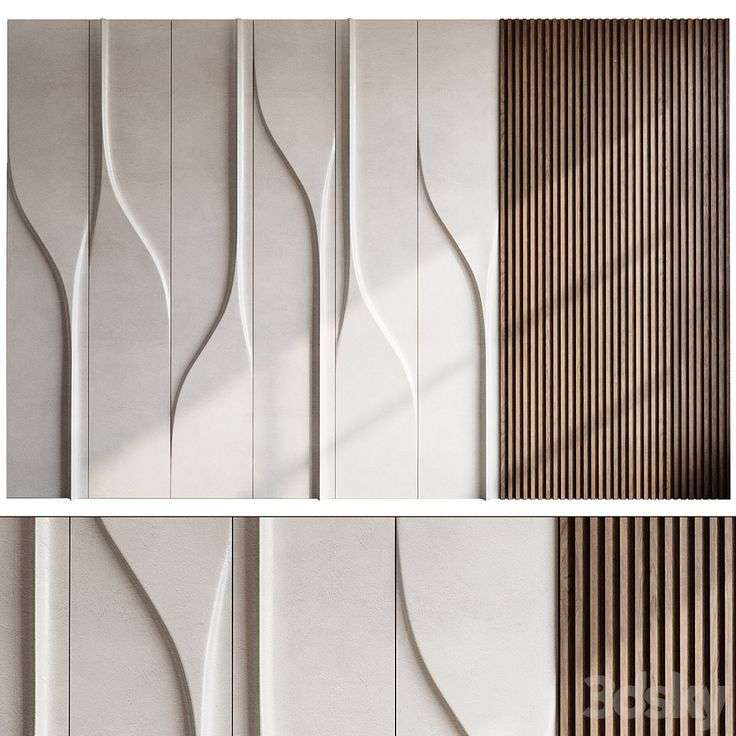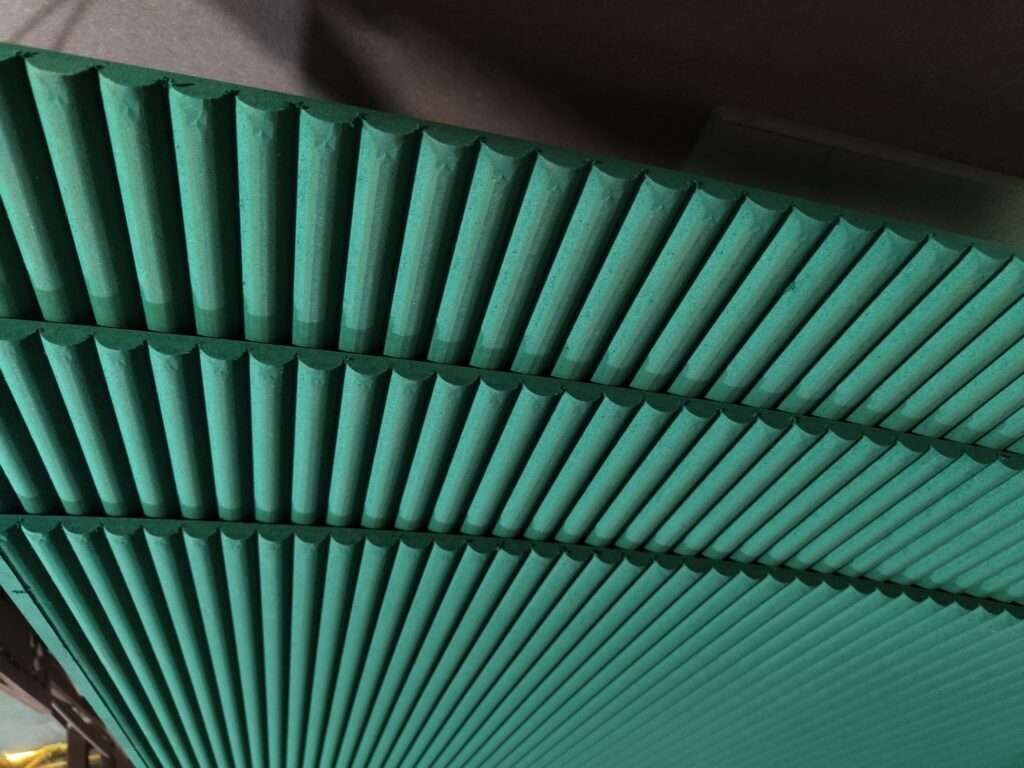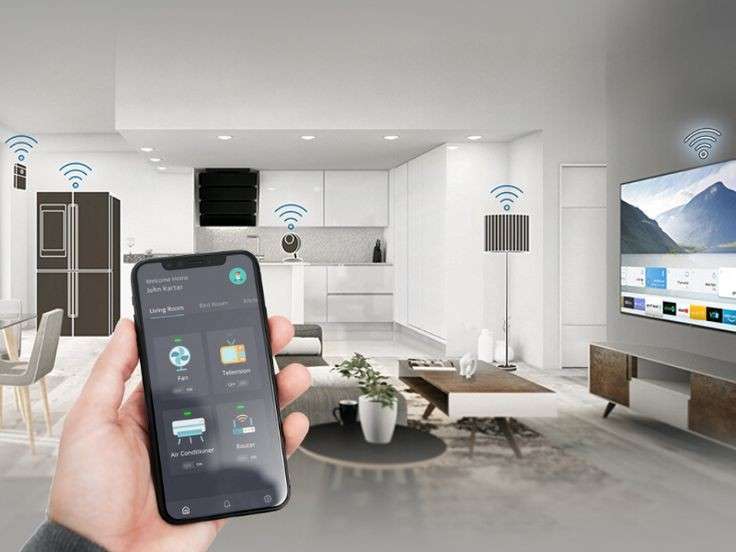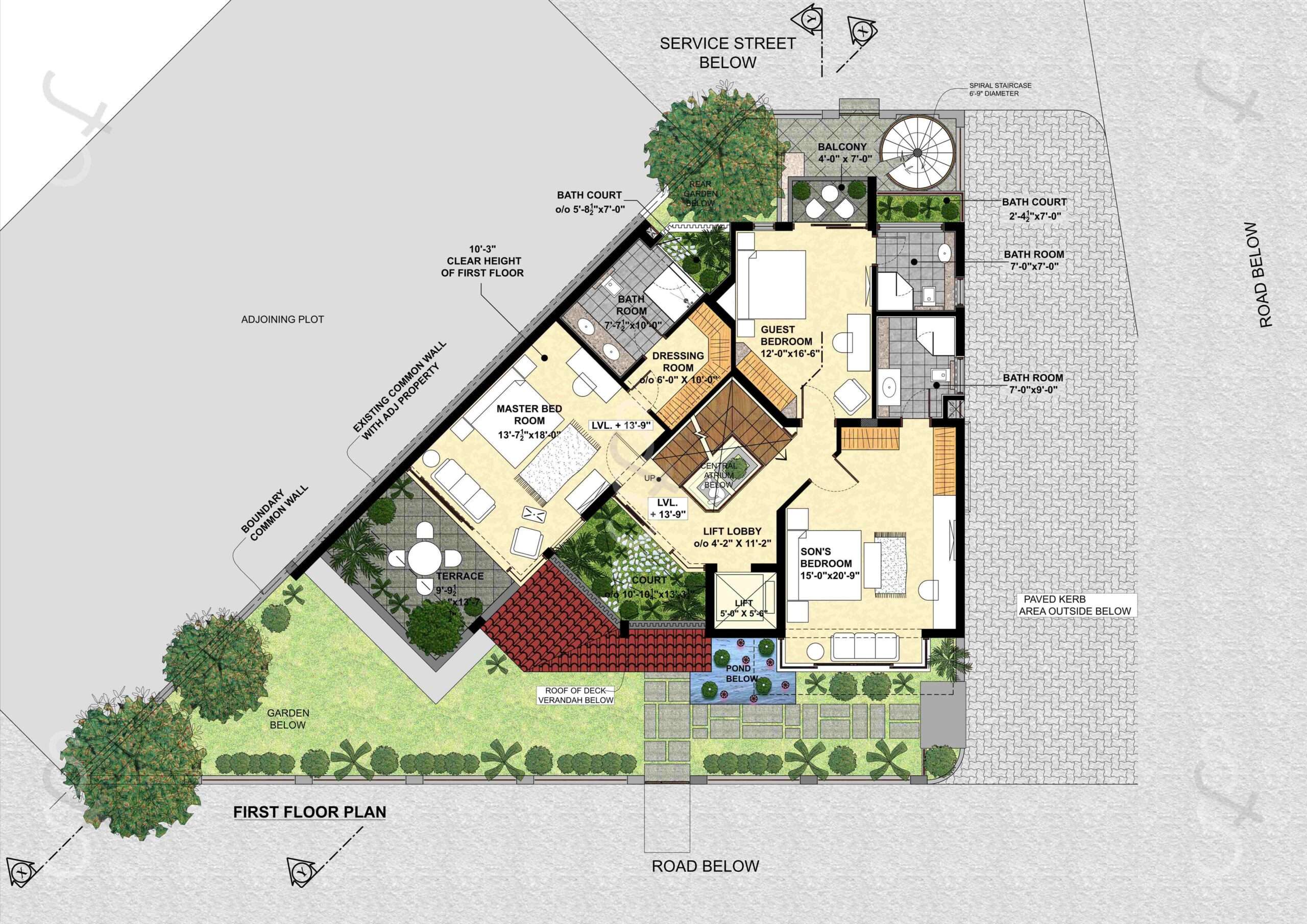
When it comes to choosing the right material for furniture, cabinetry, or paneling, most homeowners are familiar with plywood or MDF. But have you heard about HDHMR board?
If not, this blog will walk you through what HDHMR is, how it compares with traditional options, and why interior designers are recommending it for modern homes.

What is HDHMR?
HDHMR stands for High Density High Moisture Resistance board. It is an advanced engineered wood product created by combining hardwood fibers with resin, wax, and special additives. These materials are compressed under high pressure to form a board that is dense, durable, and highly resistant to moisture.
Unlike regular MDF or plywood, HDHMR offers a unique balance between strength and versatility—making it ideal for areas prone to moisture, like kitchens and bathrooms.
Benefits of Using HDHMR in Home Interiors
1. Superior Moisture Resistance
One of the standout benefits of HDHMR is its excellent moisture resistance. This makes it a smart choice for areas with high humidity, such as bathrooms and kitchens. While traditional plywood tends to warp or swell over time, HDHMR remains stable and structurally sound.
2. High Durability
Compared to BWR plywood or standard MDF, HDHMR is significantly stronger. It can withstand daily wear and tear, making it perfect for modular kitchens, wardrobes, and heavy-use furniture.
3. Versatile Applications
Whether you’re planning a new interior design project or renovating your space, HDHMR can be used in a variety of applications—cabinetry, wall paneling, furniture, and even decorative elements.
4. Cost-Effective
HDHMR is often more affordable than BWR plywood while offering similar or better performance. For budget-conscious homeowners who don’t want to compromise on quality, this is a great alternative.

Drawbacks You Should Know
While HDHMR is a powerful material, it’s important to be aware of a few downsides:
1. Screw Holding Capacity
Compared to BWR plywood, HDHMR has slightly lower screw-holding strength. Over time, especially with frequent use, screws may become loose.
2. Limited Availability
HDHMR may not be as readily available as other materials. You might need to contact specialized suppliers, which could affect timelines.
3. Heavy Weight
Due to its high density, HDHMR boards are heavier. This can make transportation and installation more labor-intensive, especially for larger pieces.

Should You Choose HDHMR for Your Home?
If you’re looking for a material that offers both durability and moisture resistance for your interior design project, HDHMR is definitely worth considering. Just make sure to discuss screw-fixing methods and availability with your contractor or designer before finalizing.



